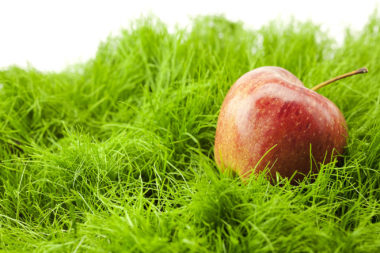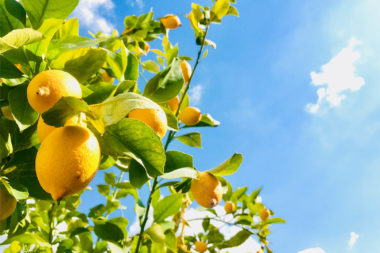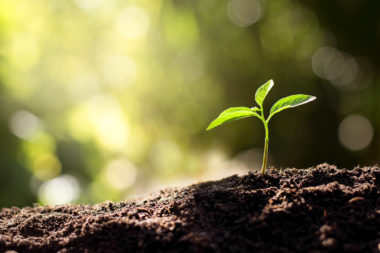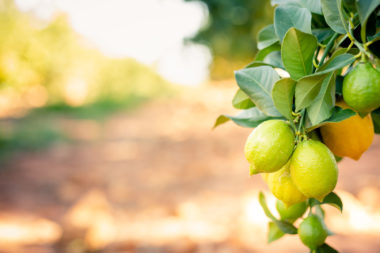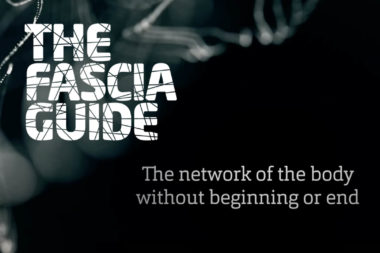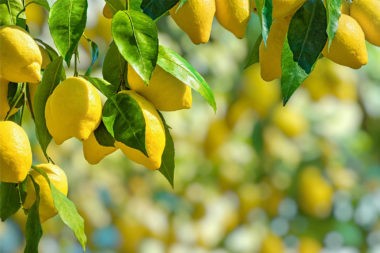
Why is resistance to vitamin C still so great?
Why do all “experts” on TV say that we don’t need or that it’s harmful to take extra vitamin C? That a varied diet is sufficient. Why don’t doctors learn more about nutrition? According to Peter Martin, a Swedish doctor in functional medicine, nutrition is only included for 12 hours in the medical education over more than 5.5 years of study! While it’s considered obvious that we need energy and protein, deeper knowledge about other nutrients is lacking. In our cells, a variety of biochemical reactions take place to provide us with energy to survive, and these reactions don’t work by themselves. A variety of micronutrients that are part of different enzymes driving the reactions, is necessary. Micronutrients are various vitamins and minerals, such as vitamin C, different B vitamins, magnesium, selenium, and more, and they are needed for different enzymes to function. Enzymes that are needed for energy and protein production, cell division, function of the immune system, nerve system, and more.
Almost all animals, except for most primates (including humans) and guinea pigs, produce their own vitamin C in the liver from glucose. Vitamin C (ascorbic acid) and glucose have a similar molecular structure, which we will discuss more later.
How is vitamin C formed?
The process of producing vitamin C occurs in four steps with the help of different enzymes. The enzyme for the final step in the reaction chain does not work in humans, although we have the DNA code for the enzyme but it is not active. The transfer of the code during protein production does not work properly, and the protein that is formed (the enzyme) is not complete and therefore does not function. Somewhere far back in evolution, our predecessors lost the important function of producing their own vitamin C. Therefore, we, most primates (including humans), and guinea pigs must obtain all the vitamin C we need from food or supplements. For our predecessors, this was never a problem. They ate large amounts of vitamin C-rich raw food, leaves, fruits, and berries every day. Not the depleted, often factory-processed, food that many of us eat today, heated, frozen, and reheated (vitamin C is extremely sensitive to heat and oxygen exposure). They were also not exposed to the stress we are exposed to today. No toxins in their food (they knew what was edible or not), no alcohol, no air pollution, smoking, or today’s mentally stressful everyday life and information chaos. They did not suffer from what we call lifestyle diseases, they moved daily without exaggeration, and if they became sick, they knew which plants were extra nutritious and good in that situation. Otherwise, they were, so to speak, selected out by evolution’s selection. So our predecessors lived on and did well despite their mutation.
As a side note, I saw a program about orangutans recently. There were thousands of poisonous plants among all the edible ones around them, and the mother showed the young ones exactly what was edible or not. An older female had arthritis in her shoulder and elbow. She chewed a particular plant with anti-inflammatory properties into a green mass, spat it out, and rubbed it on her joints!
How much vitamin C is it reasonable that we need?
For a guinea pig (maximum weight 1 kg), a supplement of 25 mg of vitamin C per day is recommended; otherwise, the guinea pig will die from cardiovascular disease. In case of illness or other stress in the animal, additional supplements of vitamin C are recommended. A gorilla, which feeds on green fodder (not cooked), consumes 4-5 grams of vitamin C per day. A goat, which produces its own vitamin C, produces 13 grams per 70 kg of body weight per day and up to 100 grams in a stressed state.
The National Food Agency recommends 75 mg of vitamin C per day for a human, regardless of weight. Most people can easily obtain this amount through food, and the minimal amount protects against serious damage from scurvy. Scurvy is a deficient formation of collagen, the body’s most common protein, which is part of all connective tissue, fascia, cartilage, bone, etc. This is the function that most people know is important with vitamin C.
However, vitamin C has so many more functions than just protecting against scurvy. It is involved in more than 500 different reactions in the body, primarily to strengthen the immune system! If one becomes sick or is exposed to increased stress in any other way (stress is any type of load on the body), the need for vitamin C (and also other vitamins, minerals, etc.) increases to optimize physiology. Simply put, more is required to drive the body’s physiology as metabolism increases to fight against illness or other overload. This is never discussed in mainstream healthcare, nor is the nutritional status of various nutrients investigated, as is done in functional medicine.
Regarding vitamin C and scurvy, according to research, one can suffer from local scurvy, where certain tissues do not have enough vitamin C to produce a well-functioning collagen, especially lung tissue and arterial walls. Everyone also recognizes the tenderness and bleeding tendency in the gums that increases when one is sick, right?
Killing virus
The functions that feel most relevant to talk about these days are the strengthening of the immune system and especially the antiviral effect of vitamin C. According to researcher Thomas Levy, there are at least 20 different mechanisms that strengthen the immune system with the help of vitamin C. He also believes that there is no known virus that is not destroyed by high doses of vitamin C! Some chronic viruses remain, as they are very resistant, but the disease symptoms disappear.
Vitamin C kills virus-infected cells by interacting with iron and killing the cell with hydrogen peroxide and free hydrogen radicals. Only the infected cells are selected, as they accumulate high levels of iron. This also applies to cancer cells, and healthy cells are instead strengthened by vitamin C.
Taking vitamin C
What is most important when orally ingesting vitamin C is the dose and number of doses divided throughout the day, as regular intake provides more consistent plasma levels. Ideally, at least four times a day, and the amount must be adapted to the level of stress. Animals continuously produce vitamin C and increase the dose in response to stress. Stress places an increased load on cells, and more energy must be produced, which in turn increases the amount of free radicals. For animals, vitamin C can be considered a stress hormone. When stress increases, cortisol levels in the blood increase, which in turn increases blood sugar levels, that is, more glucose in the blood. Glucose is then converted to vitamin C in the liver in most animals (in reptiles and similar animals, it occurs in the kidneys), and cortisol helps vitamin C enter cells.
One should also avoid taking vitamin C supplements together with glucose (sugar) as they, due to their molecular similarity, compete for the same transport chains into the cells. Glucose can therefore impair the uptake of vitamin C. The more glucose there is in the blood, the less vitamin C enters the cells! This means that high blood sugar levels can cause scurvy in certain tissues, which is a cause of diabetes-related fragile connective tissue and even blindness, as there are too low levels of vitamin C in the retina. More about diabetes and vitamin C will be covered in a later article.
Vitamin C and cancer
Now, some researchers have once again (May 25, 2022) warned against antioxidants in general and vitamin C in particular, that it is harmful and that it promotes cancer cell growth (malignant melanoma). There was also a warning about antioxidants in the media in 2019, when a special form of vitamin E and acetylcysteine was mentioned. This research has received a lot of criticism from other researchers who argue that it is incorrect since preparations and variants are used in concentrations that do not occur in dietary supplements. Malignant melanoma is also favored by excessive sun exposure, and cancer in general is favored by high sugar consumption. It would be more appropriate to warn against excessive sugar and other additives in the diet than antioxidant-rich fruits and vegetables and dietary supplements. Wild animals rarely get cancer or heart attacks, it is our domestic animals that are more affected as we change and degrade their diet by adding large amounts of sugar. There is a tremendous amount of strong research on how vitamin C counteracts and cures cancer. Vitamin C is a vital antioxidant and works together with a whole arsenal of other antioxidants, and it is important to eat a varied diet with lots of unprocessed vegetables and fruits, together with supplements to ensure the vitality of collagen (strengthening blood vessels and the heart) and a good immune system in general.















